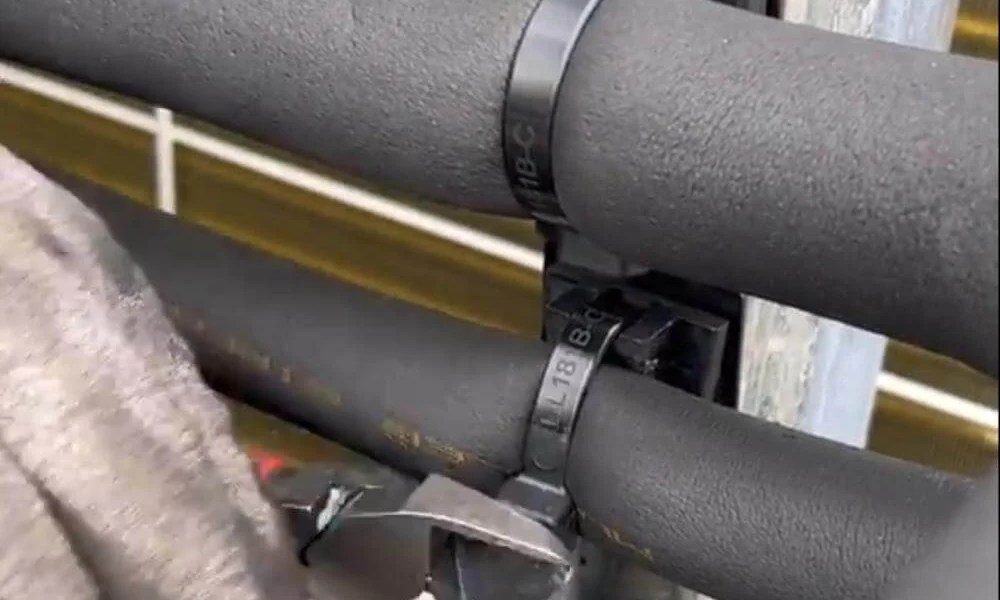Key Takeaways:
- Strut clamps provide essential support and stability for pipes and conduits in various construction projects.
- Understanding material compatibility, environmental conditions, and proper installation enhances their effectiveness.
- Regular maintenance and innovation adoption can significantly extend the lifespan and performance of strut clamps.
Introduction to Strut Clamps
Strut clamps are crucial in creating organized and supportive frameworks for various construction elements, such as pipes and electrical conduits. Their primary function is to grip and stabilize these elements, to maintain alignment, and to prevent movement that can cause wear or structural compromise. From humble beginnings, strut clamps have evolved to become essential in applications demanding structural robustness across diverse environmental conditions.
Types of Strut Clamps
Strut clamps come in various forms to meet the specific demands of different construction scenarios:
- Standard Strut Clamps: Ideal for general-purpose use, accommodating a range of pipe sizes and providing reliable support.
- Cushioned Strut Clamps: These are designed to mitigate noise and vibration, essential in sensitive installations where operational quietness is paramount.
- Heavy-Duty Strut Clamps: Built for applications requiring heavier loads or withstanding harsher conditions, ensuring durability and stability under stress.
Moreover, strut fittings can enhance these types’ flexibility, allowing for a more customized installation process that can adapt to unique environmental parameters and project needs.
Choosing the Right Strut Clamp
Selecting the appropriate strut clamp involves more than just matching sizes. Material compatibility plays a significant role, especially in environments prone to moisture or chemical exposure where corrosion can be an issue. Choosing materials like stainless steel or coated metals can prevent these issues. Furthermore, understanding your project’s particular load and environmental conditions guides you in choosing between standard, cushioned, or heavy-duty clamps, ensuring optimal performance.
Installation Tips for Optimal Performance
Proper installation is key to achieving the full potential of strut clamps:
- Follow the manufacturer’s specifications closely. Each clamp type is designed with specific torque requirements that must be adhered to for optimum security.
- Ensure alignment with existing infrastructure to prevent stress on the clamps caused by asymmetrical loads or misalignments.
- Consider environmental factors such as temperature fluctuations or potential exposure to corrosive substances, as these can impact installation techniques and long-term maintenance needs.
Maintenance and Longevity
Like any critical component, strut clamps require regular maintenance to ensure they continue to perform effectively. Routine inspections should be conducted to check for signs of wear or corrosion, particularly in joints and connection points. Establishing a maintenance schedule that reflects the conditions of their use can significantly improve the longevity and safety of these systems. Industrial equipment maintenance strategies can be a helpful resource for guidance on maintenance best practices.
Innovations and Future Trends
The landscape of strut clamps is ever-evolving with new technologies enhancing their capacity and efficiency. Recent innovations have introduced more efficient, eco-friendly materials that carry reduced environmental impact without sacrificing durability or strength. Additionally, advances in design have improved the ease of installation, reducing labor costs and minimizing potential errors. These strides contribute to safer and more efficient construction practices and pave the way for future developments in secure and sustainable construction solutions.
Frequently Asked Questions
What factors should I consider when choosing strut clamps?
Key considerations include the clamp’s material compatibility with the project environment, the load capacity, and any specific environmental conditions that might affect its performance, such as temperature swings or corrosion.
Are there any regulations regarding the installation of strut clamps?
Yes, local construction codes often specify the type and installation methods for strut clamps, especially in commercial or industrial settings where safety and code compliance is paramount.
Conclusion
Strut clamps play an integral role in ensuring the structural integrity of piping and conduit systems in many construction environments. Through careful selection, appropriate installation, and diligent maintenance, these clamps can significantly enhance the stability and safety of infrastructure projects. As innovations continue to emerge, embracing new technologies can offer even greater results, reflecting the ongoing evolution of construction practices. By acknowledging the importance of factors ranging from material selection to sustainable practices, professionals can optimize installations, ensuring longevity and reliability.

